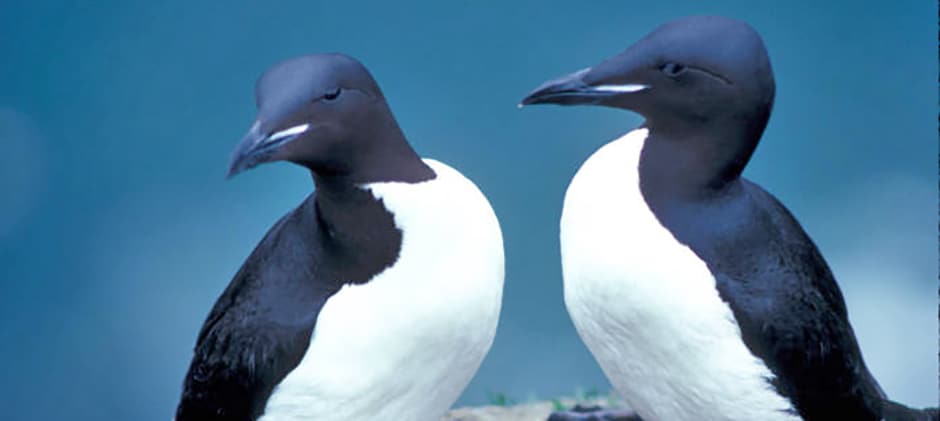Share this article
Canada proposes migratory bird regulation updates
Environment and Climate Change Canada recently released proposed changes to its migratory bird regulations.
While Canada’s migratory bird regulations, which were first adopted in 1917, have been amended several times to make minor changes or address specific issues, until now they had not been comprehensively reviewed. A current modernization effort now aims to ensure that the regulations are clear and meet current legal standards.
The proposed changes were released June 1 for public comment. Significant issues addressed in the proposal include recognizing aboriginal rights with respect to harvesting migratory birds and their eggs and ensuring that the regulations are consistent with current departmental policy directions — especially those dealing with migratory bird hunting management and nest protection.
Current regulations make it illegal to possess a live, injured or dead migratory bird without a permit. The proposed changes recognize that in certain situations, temporary possession of a migratory bird can benefit the bird, even if obtaining a permit is not feasible. Under the proposal, a permit would not be required to dispose of or take a dead bird to a lab for testing, to take an injured bird to a wildlife rehabilitation center, or to remove a bird from imminent danger, such as freeing a bird caught in a net or removing a gosling trapped on a roof.
Both the Constitution Act of 1982 and the 1995 Parksville Protocol reaffirm the existing aboriginal and treaty rights of the aboriginal peoples of Canada, but the migratory bird regulations were developed before each of these laws were enacted. Proposed changes would ensure that the rights affirmed in those laws for indigenous peoples are accurately represented in the migratory bird regulations.
Under the existing regulations, Environment and Climate Change Canada has developed policies and best management practices for nest protection, which it encourages landowners and managers to voluntarily implement. Those guidelines have encouraged that for species that reuse their nests in subsequent years, those nests be protected year-round — but those protections can be difficult to apply and enforce. The proposal seeks to update these policies to clarify that migratory bird nests are considered ‘protected’ under the regulations whenever they benefit conservation of the migratory bird that uses the nest, even if the nest hadn’t been protected when it was not in use.
Several proposed changes relate to migratory bird hunting, such as a provision clarifying that a permit is needed to hunt thick-billed murres (Uria lomvia). Another proposed change makes it clear that a hunter must have adequate means at their immediate disposal to retrieve killed or injured birds, and they must do so soon as possible. The changes would also increase opportunities for youth hunters by making their permits free and allowing them to hunt all season alongside a mentor.
The updated regulations would also prohibit the abandonment of harvested birds. Under an updated definition of possession, once the meat of harvested birds is preserved, they no longer count in an individual’s possession limit. The goal is to encourage hunters to preserve birds for future use and avoid waste.
As part of its review, the department considered repealing baiting authorizations and prohibiting the intentional flooding of crop fields to attract migratory game birds for hunting. After consulting with stakeholders, including provinces and hunting organizations, it opted not to make those changes.
Environment and Climate Change Canada will accept comments on the proposed changes until July 31. Finalized regulations will be published in spring 2020 and be implemented for the fall 2020 hunting season.
Header Image:
The regulations make it clear that a permit is needed to hunt thick-billed murres (Uria lomvia), like these.
©Art Sowls/USFWS








